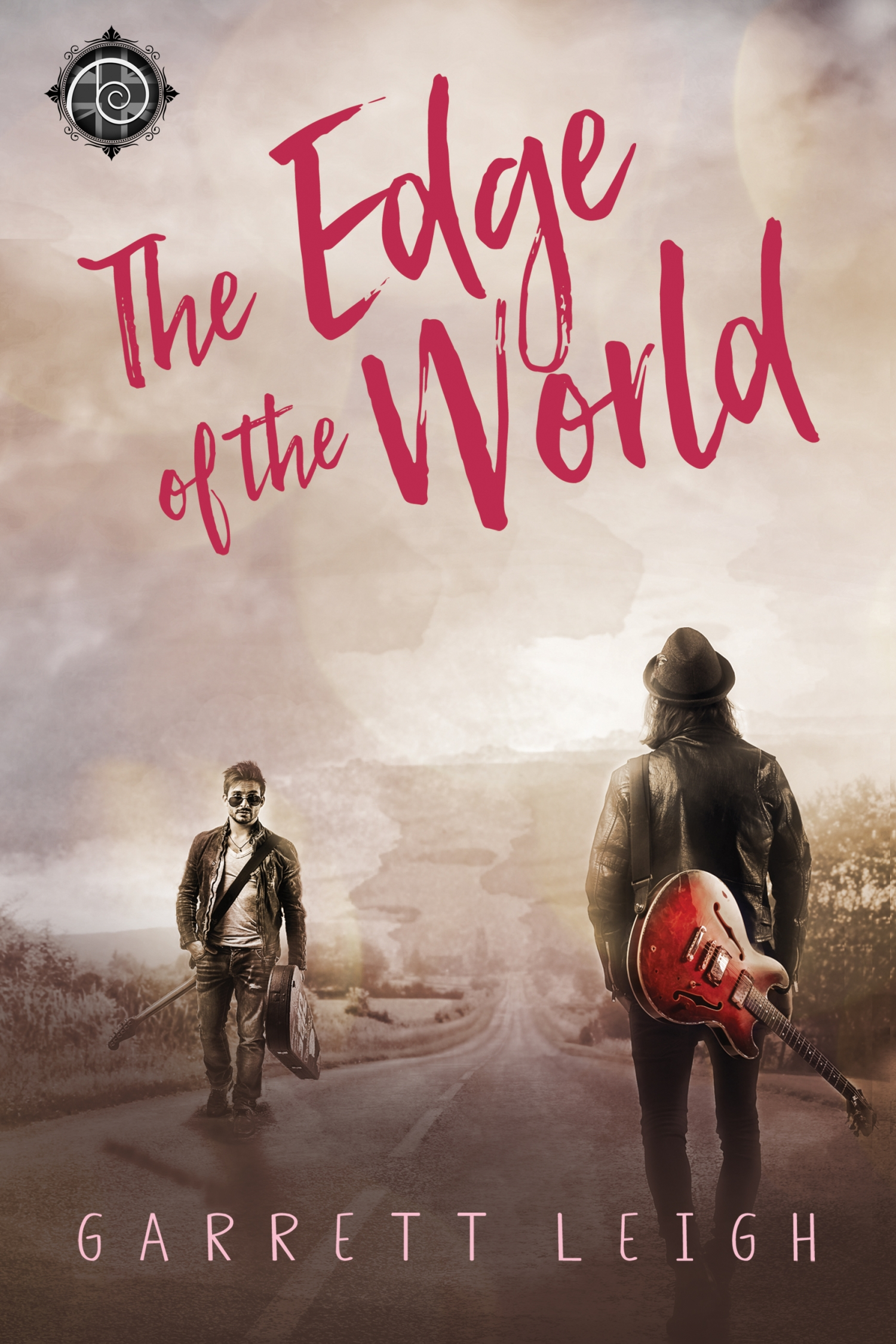

They are usefully, and often delightfully, jarring. Pye follows in the wake of a number of academic historians, many from the parts of Europe he writes about, but the synthesis and presentation are all his own.

Since much of this is below the level of recorded history, neglected or demonized by official narratives, he has to pull and tweak his material. The impulse to get beyond the standard texts leads Pye to compile an exuberant amalgam of sources: Angle and Saxon, archaeological and scatological. “A letter about planting crops or buying shirts may disappear,” he notes, whereas “a charter for land belonging to the church is very likely to survive.” Official chroniclers of the past recorded what mattered to their bosses, but much of the substance of an era is to be found in what was left unrecorded. This bias, he says, has much to do with the kind of documentary information that was preserved, and with the people who preserved it. Pye notices that there’s a bias in all this toward the Mediterranean Sea, the Roman Catholic Church and the aristocratic regimes that ruled Western Europe. Humanism and three-point perspective came out of the Italian Renaissance. The Romans gave us paved roads and running water. What Pye - an English novelist, journalist and writer of popular history - is taking issue with is our packaging of the past. In the pages that follow, he doesn’t prove that grand statement so much as toss handfuls of paint at it, in many places coloring it in while obscuring it in others. “This cold, gray sea in an obscure time made the modern world possible,” he declares in his introduction.

In “The Edge of the World,” Pye concentrates on a murky era - the Middle Ages - and on a region of Europe that seems always to have been blanketed in mist, the North Sea. At its most meaningful, history involves a good deal of art and storytelling. It’s the sort of historical work whose thesis is virtually impossible to prove, but it’s also a reminder that history isn’t an exact science.

Michael Pye’s new book is bristling, wide-ranging and big-themed.


 0 kommentar(er)
0 kommentar(er)
